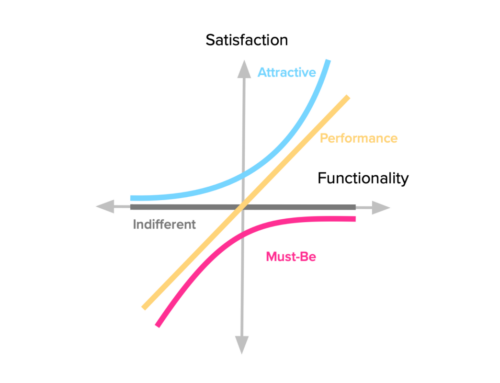
I‘m sure you’ve heard of the terms “Generative” and “Longitudinal” research, but what does each really mean, and what sets them apart from each other?
Generative UX Research
Generative UX Research is an approach that seeks to generate fresh ideas, concepts and insights that lay the foundation for innovative design solutions. It involves gathering diverse participants, often from different backgrounds and perspectives, to engage in creative brainstorming sessions, design workshops, and ideation exercises. These sessions foster a collaborative environment where participants contribute their thoughts, visions and aspirations.
Generative research thrives on open-ended exploration, focusing on understanding the why and how of user behaviors and needs. It empowers researchers to step outside existing hypotheses and create a ground for imaginative thinking.
Longitudinal UX Research
Longitudinal UX Research instead unfolds insights over time compared to generative research. It involves observing and analyzing user behavior and experiences across extended periods, offering a dynamic and evolving perspective. Longitudinal research often requires repeated interactions with participants, allowing researchers to witness the evolution of user behaviors, attitudes and preferences. This approach is particularly valuable for tracking changes, identifying patterns, and understanding the long-term impact of design decisions. It provides a deeper understanding of user journeys, shedding light on the contextual factors that influence behavior and the ways in which user needs evolve over time.
Methodology Matters – Key Differences
- Generative research focuses on exploration and ideation. It involves immersive sessions, such as brainstorming workshops or participatory design activities, where participants are encouraged to contribute their thoughts and ideas. The emphasis is on generating novel insights that fuel the creative design process.
- Longitudinal research centers around observation and tracking. It involves observing users over an extended period, collecting data at multiple points in time. Researchers often employ methods like diary studies, conducting interviews or surveys to capture user feedback.
When to Choose Generative UX Research
Generative UX Research is best used in scenarios where fresh perspectives and innovative ideas are sought. It’s a powerful tool at the early stages of a project, when the goal is to explore uncharted territories and gather a diverse range of insights to inspire creative design solutions.
Choose generative research when you’re looking to:
- Kickstart Innovation: If you’re seeking to break free from conventional thinking and inspire out-of-the-box ideas, generative research is the way to go.
- Concept Generation: When you need to generate a plethora of design concepts and ideas, generative research provides a rich source of inspiration.
- User-Centered Ideation: To involve users in the ideation process and ensure that design solutions align with their needs and desires, generative research offers a collaborative platform.
When to Choose Longitudinal UX Research
Longitudinal UX Research is best used when the focus is on understanding how user experiences evolve over time. It’s a powerful approach for capturing behavioral changes, tracking the impact of design interventions, and gaining insights into long-term user engagement.
Choose longitudinal research when you’re looking to:
- Track Behavior Changes: If your objective is to understand how user behaviors, attitudes, or preferences change over time, longitudinal research provides a dynamic perspective.
- Evaluate Long-Term Impact: When you want to assess the lasting effects of design changes or interventions, longitudinal research helps unravel the ripple effects.
- User Experience Evolution: To gain a comprehensive understanding of the evolving user journey and the contextual factors that influence it, longitudinal research offers a holistic view.
While generative research ignites the spark of innovation and creativity, longitudinal research offers a dynamic view of how user behaviors and attitudes evolve over time. Each approach brings unique value to the table, enriching our understanding of users and empowering us to design effective solutions.










